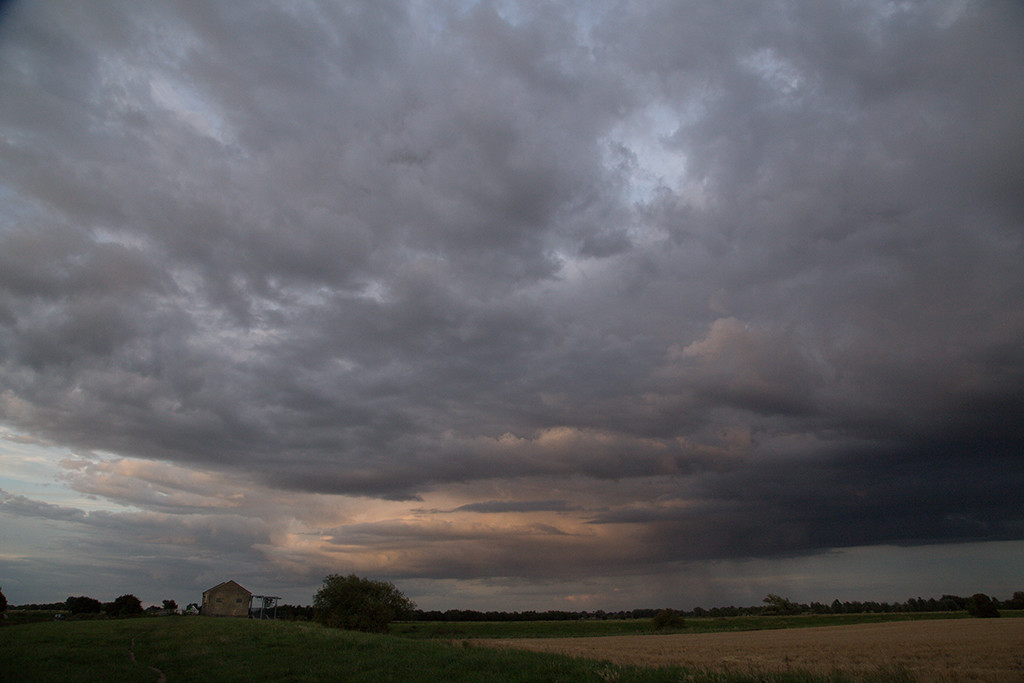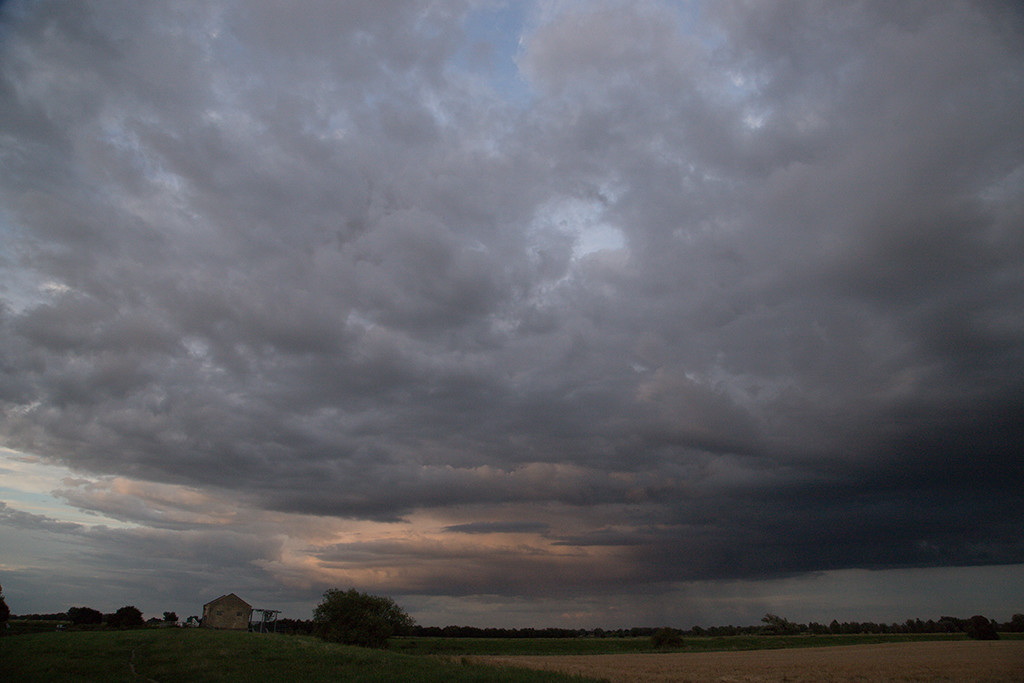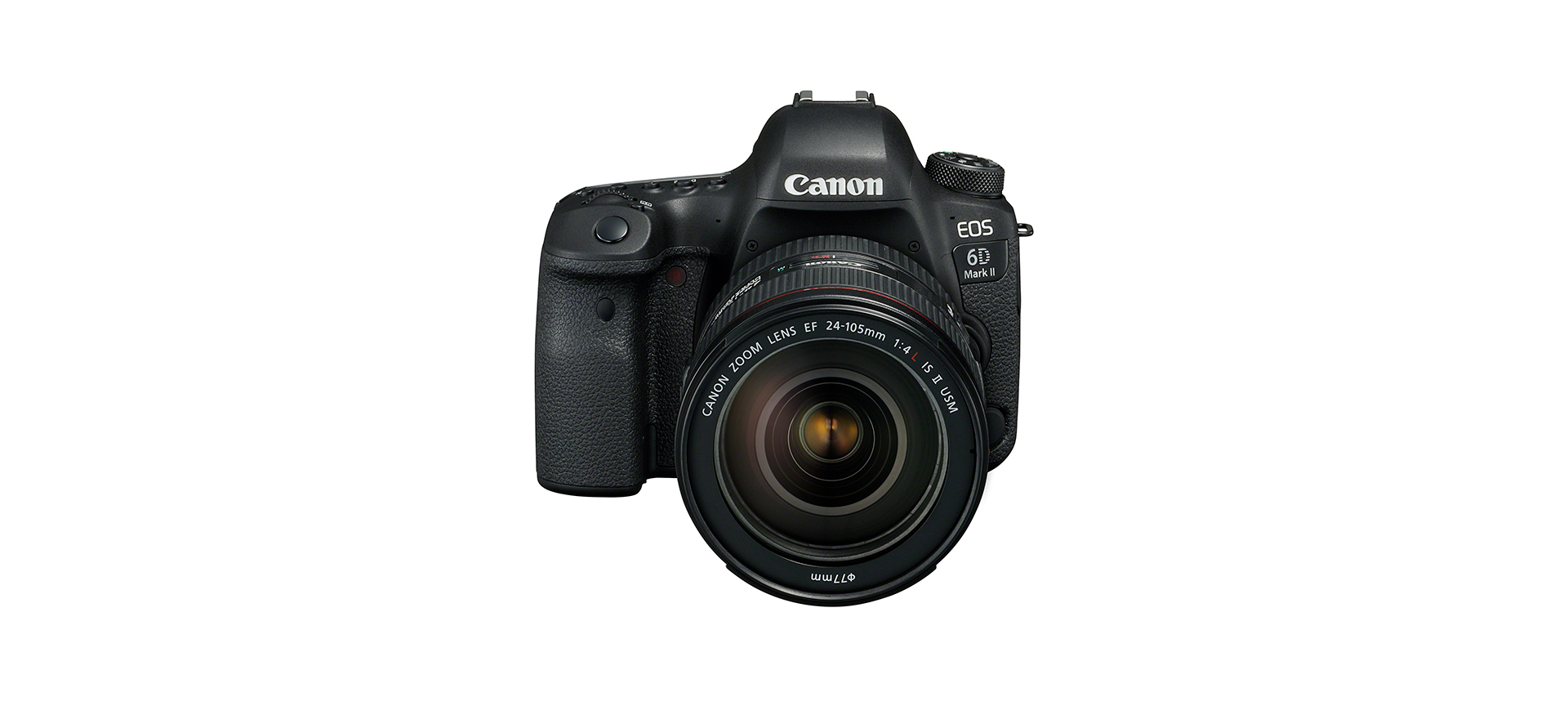
Canon EOS 6D Mark II test
Posted on Sep 19, 2017
Canon’s budget full-frame DSLR has had an overhaul – but does the EOS 6D Mark II perform in the areas where its predecessor fell short?
Saving money is never bad, and having the option of full-frame photography on a limited budget is most definitely good. That option was exactly what the EOS 6D offered when it was launched in 2013. But there was still a cost, and that was in the specification of the camera – the full-frame sensor provided the image quality and low-light performance, but it came with the trade-off of a relatively basic system around it, reducing its appeal for many. Five years on, the EOS 6D Mark II has arrived, and on paper, it blows its older brother out of the water. After four years of using the EOS 6D and discovering its limits only too well, getting my hands on the Mark II was a moment I had been waiting for.
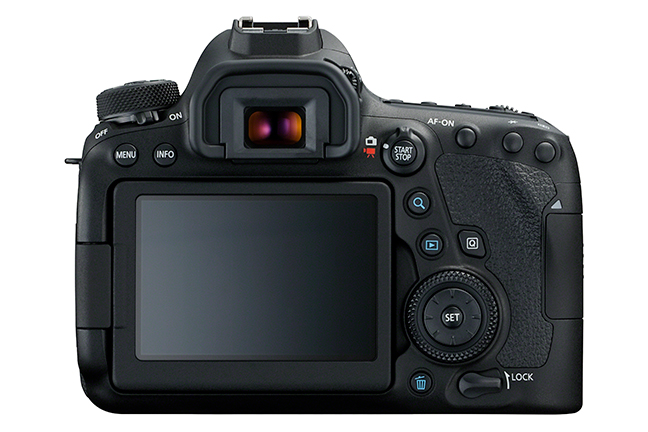
The greatest frustration of the EOS 6D for me has always been its AF system: 11 points, one cross-type and straightforward single-shot or servo AF. The EOS 6D Mark II has 45 AF points, all cross-type, with various zonal tracking modes. The system is inherited from the EOS 80D, and the difference from the EOS 6D is huge.
Regardless of the AF point used, accurate focus is acquired instantly – little change there. But the array of points allows for focusing on off-centre subjects without recomposing – basic, but rarely an option with the EOS 6D because the peripheral points aren’t dense or reliable enough. For me, this made a particular difference to macro work with insects, for which I use AF and keep the subject central, cropping afterwards for composition. Such workarounds aren’t necessary with the Mark II, and single-point spot AF, which adds a precision focus area at the centre of each AF point, helps with accuracy.

The number and density of AF points allows for off-centre subjects in macro compositions with AF, which is rarely possible with the EOS 6D.
Zonal focusing offers functionality in the Mark II that just wasn’t there in its predecessor, and with the 6.5fps continuous shooting rate brings action photography into the realms of possibility. Possible active zones are nine arrays of nine AF points, three arrays of 15 AF points or all 45 points. When zones are combined with servo AF, the camera tracks subjects within the selected zone. I tested these modes at a football match, and was impressed by the tracking capabilities, which helped to maintain focus in situations when the subject would slip out of the single AF point of the EOS 6D. Compatibility of all 45 cross-type sensors with f/5.6 lenses meant my low-price Tamron 70-300mm f/5.6 VC caused no problem; cross-type functionality of 27 AF points down to f/8 means that using such a lens with an extender is an option.
The updated AF system has limits. Frame coverage isn’t as good as with the 61-point systems in other current Canon full-frame DSLRs. Importantly, the zone modes surrender selection of the subject to the camera, and it did jump to unwanted subjects on occasion. Two or three times, it even missed focus completely for no apparent reason. The AF systems of other Canon full-frame cameras and the EOS 7D Mark II include an AF point expansion mode, which I’ve found to offer a better balance between user subject selection and camera-controlled focus maintenance.
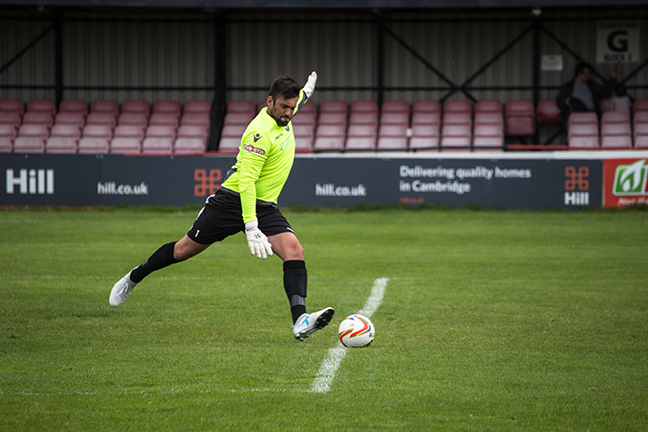
A frame rate of 6.5fps means you can fire off a sequence to capture moments with some success.
One of the few components of the EOS 6D Mark II that hasn’t been seen in other EOS cameras is the 26.2-megapixel sensor. The jump from 20.2 megapixels in the EOS 6D closes the gap with the EOS 5D Mark IV considerably, and detail obviously benefits. Canon claims that the dynamic range of this sensor is also improved. I’ve always found that lifting shadows in images from the EOS 6D does bring out more noise than I’d like, and it seemed no different with the Mark II. When pushed to its limits by recovering deliberately underexposed images, the Mark II certainly didn’t seem to offer greater latitude than its predecessor either. In fact, when recovering from -2EV and below, the noise in the shadows – particularly colour noise – looks to be worse. With well-exposed images, this is unlikely to be a problem, but it’s not what you’d expect when comparing a new sensor to one that’s five years old.
The new sensor, in combination with the DIGIC 7 processor, is also claimed to bring improved ISO performance, reflected in a new top native sensitivity of 40,000. This is 2/3EV higher than that of the original EOS 6D, and 1/3EV higher even than the EOS 5D Mark IV, although the expanded high settings are the same, topping out at 102,400. Side-by-side comparisons of images from the EOS 6D and Mark II throughout the range revealed negligible difference. The increase in native sensitivity seems to be more of a marketing decision than a real-world benefit, but that’s not to take anything away from the performance, which is excellent – with minimal cleaning up, images are certainly usable at ISO 6400, and perhaps beyond. Possibly the most beneficial addition is an expandable low ISO setting equivalent to ISO 50.
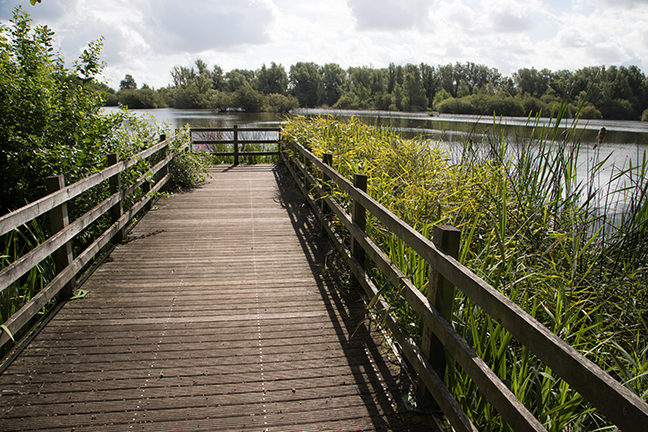
Metering was good, and with a good exposure, the camera dealt well with high contrast – there’s no clipping here, and no recovery of highlights or shadows was needed
Everything else the camera has works as you’d expect. There’s certainly nothing to complain about with the handling, which is intuitive and will largely be familiar to any Canon users. The controls on the body are so familiar, I never used the touchscreen for settings, but the option’s there, and I did enjoy swiping and zooming in playback. Perhaps it’s what the camera doesn’t have that will raise more eyebrows. There’s still only one SD card slot – this feature was a common bugbear with the EOS 6D, and its persistence suggests that Canon is reluctant to give this model a spec that hits too many professionals’ wishes. There’s also still no PC terminal – this could be a space issue, but it’s a downer for anyone thinking of integrating the camera into their studio.
The Full HD video capabilities of the EOS 6D Mark II are fairly pedestrian by today’s standard. That said, it has a nifty 5-axis digital image stabilisation function that turned my dodgy panning into smooth movements. This clearly isn’t ready for prime time yet, but might be worth keeping an eye on in future Canon DSLRs.
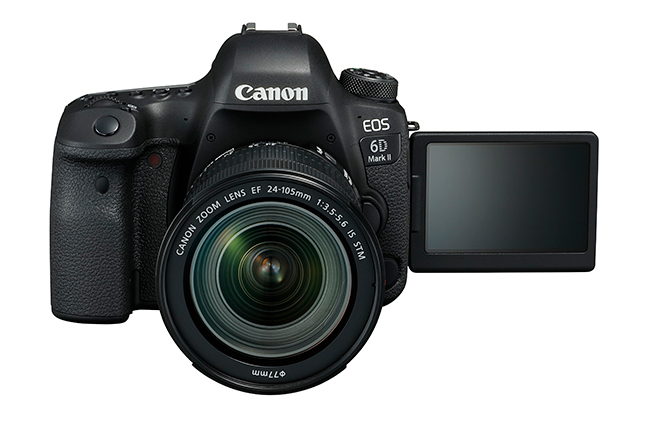
Flipping marvellous
There are benefits in being able to frame up with the camera low down while keeping your shirt clean, or to shoot over heads. The EOS 6D Mark II is the only Canon full-frame DSLR that currently offers these benefits, owing to its vari-angle LCD. Arguably, this flip-out-and-rotate type is more useful than the tilting versions on Nikon and Sony full-frame cameras, particularly when it comes to portrait compositions because it can face up or down when the camera is vertical.
The vari-angle touchscreen comes into its own with the Mark II’s Dual Pixel AF. In this AF system, two photodiodes make up each pixel and are read separately, allowing on-sensor phase-detection AF across the frame. As in other EOS DSLRs that feature the technology, Dual Pixel AF in the Mark II is snappy and accurate, and the touchscreen allows you to choose your focus point with your finger.
Click the images below to see a larger view.
Verdict
The EOS 6D Mark II is undoubtedly a more capable camera than its predecessor. The more sophisticated AF and increased frame rate make it a much better all-rounder, and it combines this flexibility with full-frame image quality at a good price. The entire EOS range has moved on though, and it’s worth looking at other options.
The EOS 5D Mark III offers full-frame image quality at about the same price, along with an AF system that’s arguably still more advanced in some respects, and an overall feature set designed more specifically for professionals. The EOS 7D Mark II certainly has a more advanced AF system and a faster frame rate than the EOS 6D Mark II, and is considerably cheaper, so if action on a budget is a priority, that might be a better option. Nevertheless, the EOS 6D Mark II should certainly be on the table for a pro who’s starting out and wants full-frame image quality on a limited budget. It may still be an unlikely option as a main body for many, but if an extra EOS 5D Mark IV body, for example, would tug at the purse strings too tightly, the greater versatility of the EOS 6D Mark II relative to its predecessor means it’s also a much more viable option as a backup.
Ian Fyfe is a Cambridge-based photographer and writer who’s been reviewing cameras for over five years.

